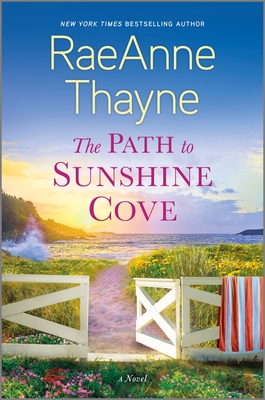 The Path to Sunshine Cove by RaeAnne Thayne
The Path to Sunshine Cove by RaeAnne Thayne Format: eARC
Source: supplied by publisher via NetGalley
Formats available: paperback, large print, ebook, audiobook
Genres: Chick Lit, contemporary romance, relationship fiction, women's fiction
Series: Cape Sanctuary #2
Pages: 336
Published by Harlequin HQN on March 30, 2021
Purchasing Info: Author's Website, Publisher's Website, Amazon, Barnes & Noble, Kobo, Bookshop.org
Goodreads
With the emotional pull of Debbie Macomber, Barbara Delinsky and Susan Wiggs, RaeAnne Thayne brings readers an uplifting, brand new story told with her trademark charm and heart.
She knows what's best for everyone but herself...
With a past like hers, Jessica Clayton feels safer in a life spent on the road. She's made a career out of helping others downsize--because she's learned the hard way that the less "stuff," the better, a policy she applies equally to her relationships. But a new client is taking Jess back to Cape Sanctuary, a town she once called home...and that her little sister, Rachel, still does. The years apart haven't made a dent in the guilt Jess still carries after a handgun took the lives of both their parents and changed everything between them.
While Jess couldn't wait to put the miles between her and Cape Sanctuary, Rachel put down roots, content for the world--and her sister--to think she has a picture-perfect life. But with the demands of her youngest child's disability, Rachel's marriage has begun to fray at the seams. She needs her sister now more than ever, yet she's learned from painful experience that Jessica doesn't do family, and she shouldn't count on her now.
Against her judgment, Jess finds herself becoming attached--to her sister and her family, even to her client's interfering son, Nate--and it's time to put everything on the line. Does she continue running from her painful past, or stay put and make room for the love and joy that come along with it?
My Review:
For the reader, the actual path to Sunshine Cove is lovely, charming and very, very scenic, although for the characters proceeding along that path there are plenty of metaphorical pebbles stuck in the shoes they are walking it in, and a few outright boulders being smuggled in their baggage.
And yes, I meant baggage and not luggage, because this is a story about the baggage that sisters Jess Clayton and Rachel McBride have been carrying since their childhood.
Jess is about to turn 30, Rachel is not far behind her at 28, and that baggage lays between them like a deep rut on that path. It’s also weighing both of them down and keeping them from finding their true happy ever after – no matter how much each of them is pretending to have already found it.
There’s a famous quote about parents and their children, the one that goes, “There are two things we should give our children: one is roots, and the other is wings.” Jess and Rachel are struggling because their parents gave them neither, and as a consequence Rachel’s life has become rooted in their old baggage, while Jess has taken permanent wing in an ultimately vain attempt to fly away from it all.
But as another old saying goes, “No matter where you go, there you are.”
So, as The Path to Sunshine Cove begins, Jess is literally on the road to Sunshine Cove, on her way to help Eleanor Whitaker declutter the house that her late husband and his family have owned for generations. It’s Jess’ job and her calling, helping people go through decades of accumulated “stuff”, whether just as a grand spring cleaning, in preparation for downsizing, or as a way of moving on with life after a death in the family as Eleanor says she is.
That Eleanor’s house on the California coast is just down the road from Jess’ sister Rachel’s home with her husband and three children is both the reason that Jess took the job and a source of internal stress and conflict. Jess wants to see her sister and her family. She wishes they were close – like they used to be when they were girls and it was them against the world.
But they haven’t been close for years, and it seems like what little connection they have is brittle and ready to shatter at any moment. They talk, but they don’t say anything. They can’t manage to reach across the great divide between them, and aren’t sure whether to keep trying or to finally let go.
The thing is, all that Rachel lets Jess see is the picture-perfect life she presents to her Instagram followers. And all that Jess lets Rachel see is the footloose and fancy-free surface of her satisfying but sometimes emotionally-wrenching job.
But Rachel’s life is falling apart, and Jess’ life is emotionally empty, and it’s all a consequence of that heavy baggage they are both carrying from a childhood that caused more damage than anything else.
On their path to Sunshine Cove, it’s time to see if they can find each other again – or if they’re both too scared to let go of their baggage to reach for happiness – and sisterhood.
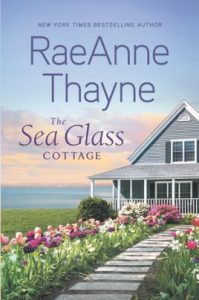 Escape Rating A-: was an absolutely lovely read for a lazy Sunday afternoon – which is when I started – and finished the book. The characters were absolutely charming, the setting sounded utterly gorgeous, and the story was heartwarming every step of the way.
Escape Rating A-: was an absolutely lovely read for a lazy Sunday afternoon – which is when I started – and finished the book. The characters were absolutely charming, the setting sounded utterly gorgeous, and the story was heartwarming every step of the way.
This is one of those books that sits quite comfortably on the border between women’s fiction – or relationship fiction as my colleagues call it – and contemporary romance. The story here is really about the relationship – and the initial fumbling lack thereof – between sisters Jess and Rachel. It’s also about Rachel’s faltering relationship with her husband, and the way that those fumbles are rooted in Jess’ and Rachel’s childhood trauma.
And it’s about Jess’ growing relationship with the entire Whitaker family, and not just the romantic relationship she develops, pretty much in spite of herself, with her client’s son Nate. This is one of those stories where I like to say that “a romance occurs” rather than the story being centered on the romance. Because it’s not.
Instead, it’s centered on Jess and her developing relationships with everyone around her during her job at Sanctuary Cove, including the relationship with her sister. Because just as Jess and Rachel have taken the opposite ends of that “roots and wings” paradigm, they’ve also taken positions that are at opposite ends of the spectrum in how they deal with the damage left by their parents.
Rachel has turned into a people-pleasing perfectionist, making sure she’s part of every volunteer opportunity in town, and that her life at least appears perfect all the time. Not just for her Instagram followers, but because she needs that perfection – just as her mother did.
While Jess has arranged her life so that she never stays anywhere very long, never has a chance to develop connections with anyone, just dropping into people’s lives, doing her job, doing it very, very well, but keeping her distance and then moving on. She’s afraid to need anyone because her mother needed way too much.
They both have way more emotional baggage than could possibly fit in Jess’ beloved Vera, the classic Airstream trailer that she lives in while she criss-crosses the country from one cluttered place to another.
Stopping in Sunshine Cove, letting herself become involved in the lives around her, not just her sister but also Eleanor Whitaker, Nate and Nate’s 13-year-old daughter Sophie, allows Jess to finally put down just enough roots to have a great – but not perfect – life. While Rachel, with just a bit of tough love from her sister, gives up on perfection in order to find the happiness she almost lost.
This is the second book that the author has set in and around beautiful Sanctuary Cove, after last year’s charming The Sea Glass Cottage. Although the two stories share the setting, and have similar themes, nothing happens in Sunshine Cove that will make a new reader think they missed something by not having read the other book. (I completely lost sight of this being a second book in series while I was reading it.) So if this story sounds like your cup of tea, feel free to start here, you won’t be disappointed.
But that also means you’ll love the first book, The Sea Glass Cottage, every bit as much as this one!


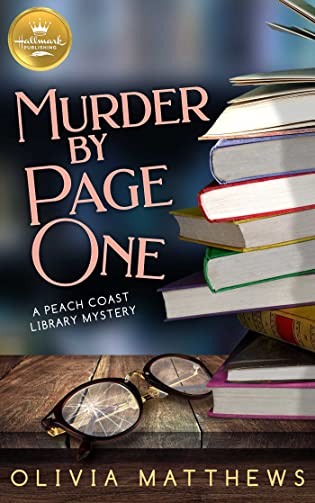 Murder by Page One (Peach Coast Library Mystery #1) by
Murder by Page One (Peach Coast Library Mystery #1) by 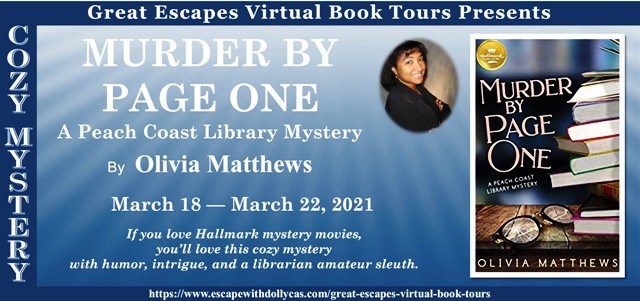


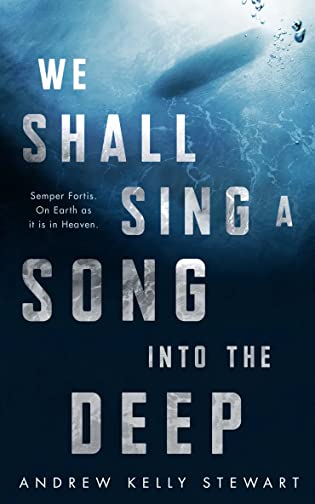 We Shall Sing a Song into the Deep by
We Shall Sing a Song into the Deep by 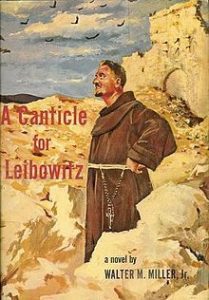 Escape Rating A-: Like A Canticle for Leibowitz, this is a story that combines the worship and rituals of a Catholic monastery with a post-apocalyptic world. Then it turns the rest of the classic story upside down.
Escape Rating A-: Like A Canticle for Leibowitz, this is a story that combines the worship and rituals of a Catholic monastery with a post-apocalyptic world. Then it turns the rest of the classic story upside down.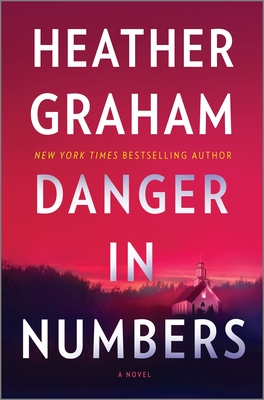 Danger in Numbers by
Danger in Numbers by 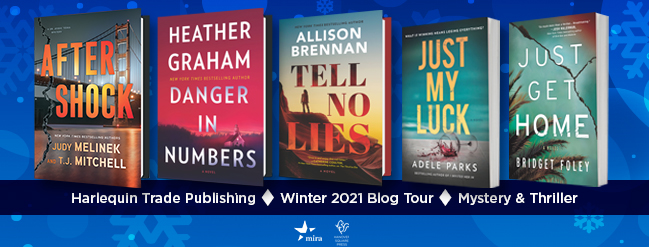
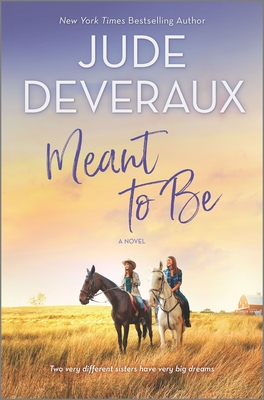 Meant to Be by
Meant to Be by 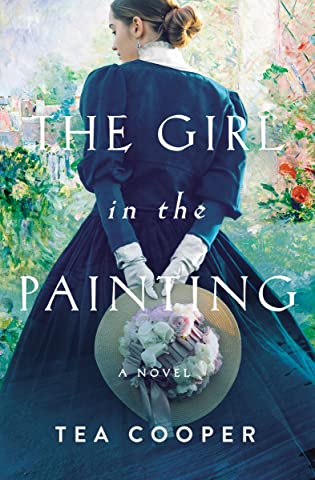 The Girl in the Painting by
The Girl in the Painting by 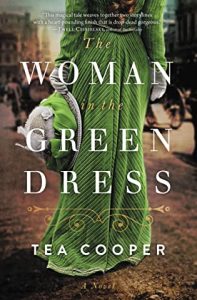 Escape Rating A-: I originally picked this up because I really enjoyed one of the author’s previous books,
Escape Rating A-: I originally picked this up because I really enjoyed one of the author’s previous books, 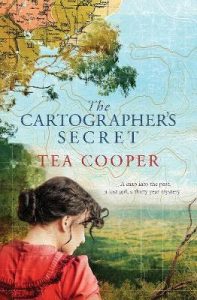 While I found Jane herself to be a bit of an unresolved character, more of a vehicle for the story to be told than an integral part of it, the story of Michael and Elizabeth Quinn’s rise from hardworking poverty to wealth and influence was fascinating in its portrayal of two people who lived a lie that was also the utter and absolute truth.
While I found Jane herself to be a bit of an unresolved character, more of a vehicle for the story to be told than an integral part of it, the story of Michael and Elizabeth Quinn’s rise from hardworking poverty to wealth and influence was fascinating in its portrayal of two people who lived a lie that was also the utter and absolute truth.
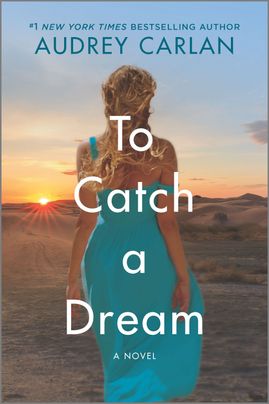 To Catch a Dream by
To Catch a Dream by 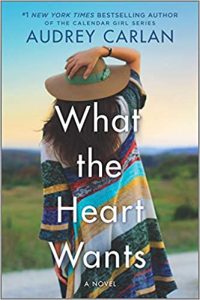 Suda Kaye returned to Colorado in the first book in the
Suda Kaye returned to Colorado in the first book in the 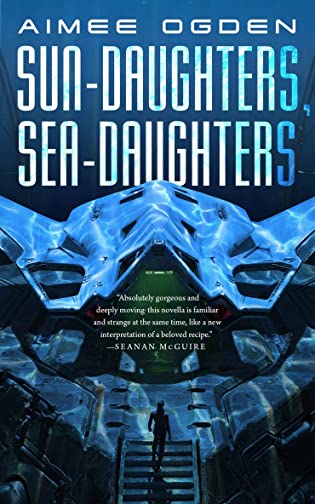 Sun-Daughters, Sea-Daughters by
Sun-Daughters, Sea-Daughters by 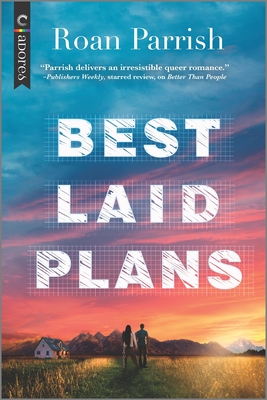 Best Laid Plans (Garnet Run, #2) by
Best Laid Plans (Garnet Run, #2) by  Charlie Matheson has done nothing but live his life according to a self-imposed plan since the day his parents were killed in a car accident, leaving the just barely 18-year-old Charlie with a decent house, a failing hardware store, and the custody of his then 13-year-old brother Jack. (Jack is the protagonist of
Charlie Matheson has done nothing but live his life according to a self-imposed plan since the day his parents were killed in a car accident, leaving the just barely 18-year-old Charlie with a decent house, a failing hardware store, and the custody of his then 13-year-old brother Jack. (Jack is the protagonist of 
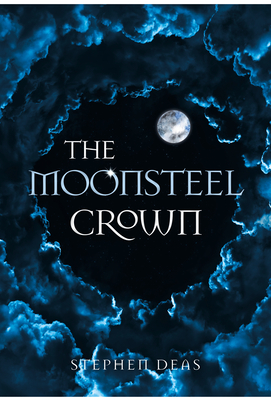 The Moonsteel Crown (Dominion, #1) by
The Moonsteel Crown (Dominion, #1) by